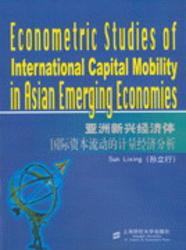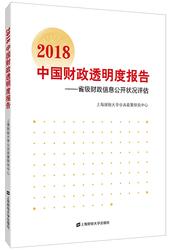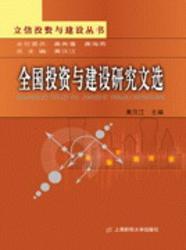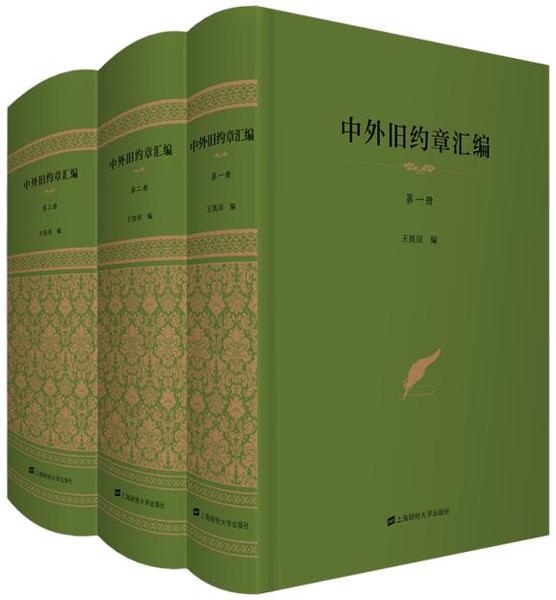首页 > 图书中心 > 学术著作 > 学术 > 经济学
2009中国财政发展报告(英文版)-上海财经大学公共政策研究中心
丛书名:
著(译)者:上海财经大学公共政策研究中心
资源下载:无资源下载
责任编辑:仲崇巍
字 数:228千字
开 本:16 开
印 张:13
出版版次:1-1
出版年份:2010-06-01
书 号:978-7-5642-0746-5/F.0746
纸书定价:36.00元 教师会员可用500积分申请样书
《2009中国财政发展报告(英文版)》内容简介:In 2008,the global financial crisis swept through the world. After analyzing historical events such as the Great Depression in 1930's in the US,the economic stagnationin Japan during the 1990's,and the Asian financial!cr









